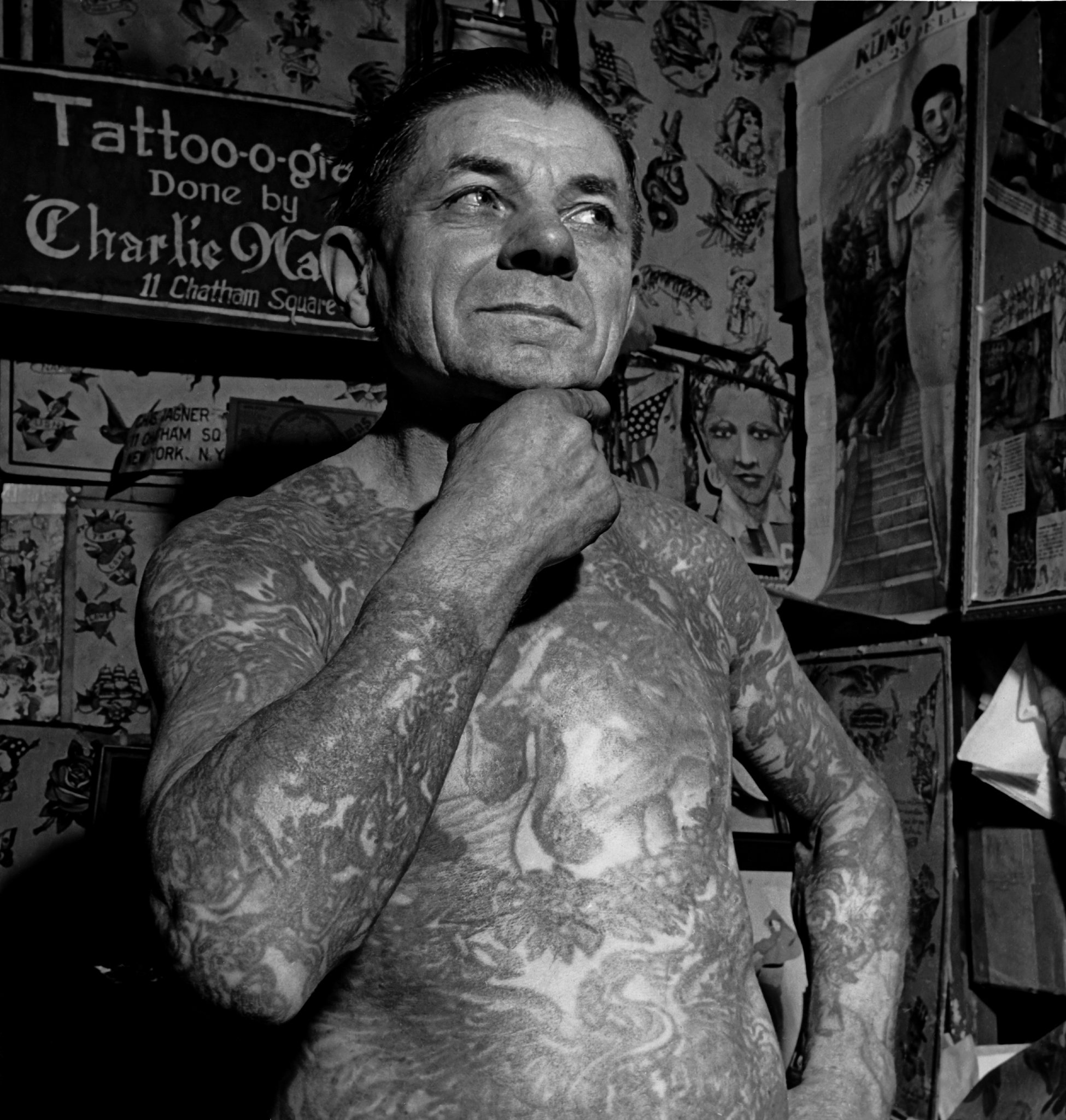
Tattoos from the Bowery has its origins in a place that many know from Martin Scorsese’s epic historical drama “Gangs of New York” – the Bowery in southern Manhattan.
The rough side of the city
The Bowery is a street and neighborhood in the southern portion of the New York City borough of Manhattan, known as a rough area. Its borders are Chinatown, Little Italy, the Lower East Side and the East Village. This is why the area has always been considered a cultural hub in New York. Already in the 19th century the Bowery was teeming with sailors, soldiers and other strays. Nevertheless (or mainly because of it) the New York tattoo history originated there.
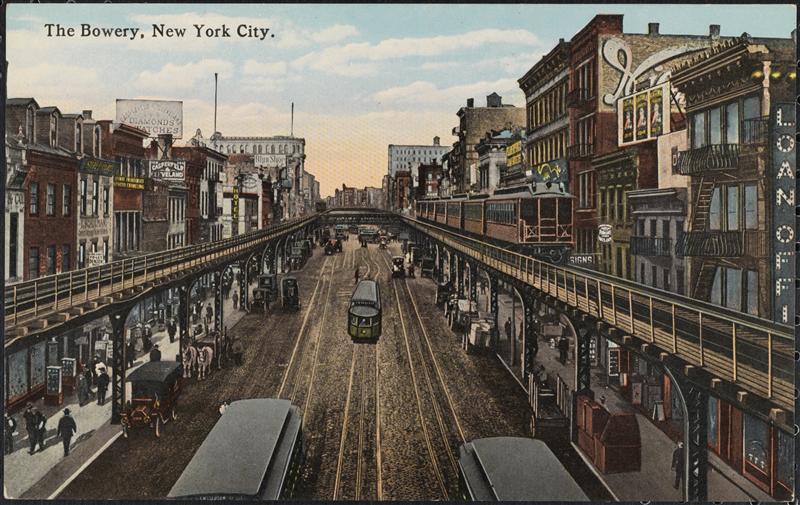
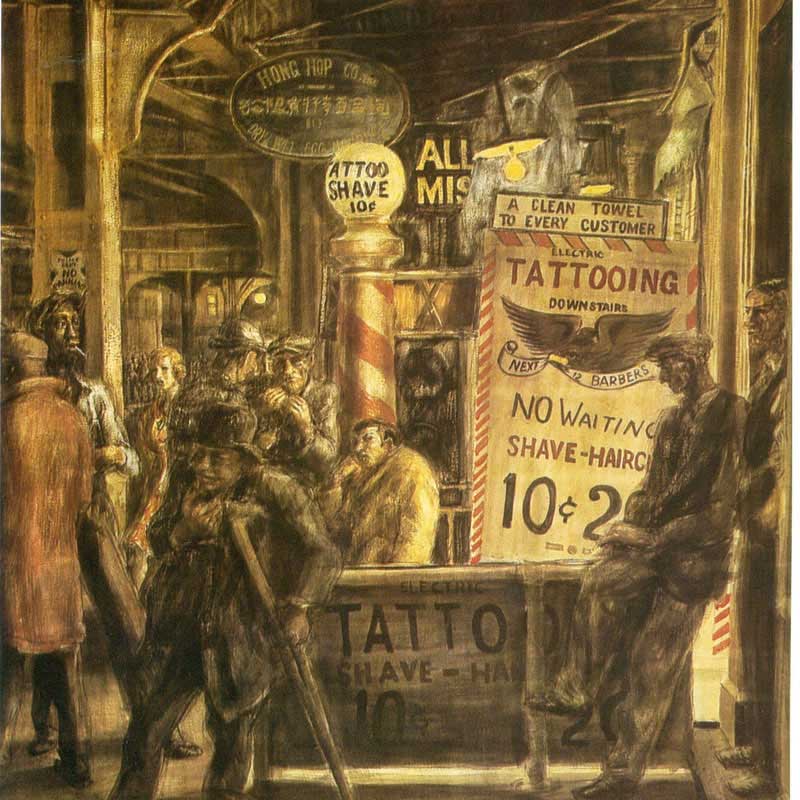
The Bowery wizards
For this reason, Martin Hildebrandt opened the first tattoo studio in the USA in this area. The German immigrant Hildebrandt went to sea for more than 30 years, explored the tattoo cultures of the world and learned from Alf Harrington how to tattoo. In 1858 – one year after the historic riots in the Five Points – he opened the first tattoo studio in the USA in southern Manhattan.
Just like Hildebrandt, Edwin Thomas and Stephen Lee settled as tattoo artists in New York at that time. Together with Hildebrandt they laid the foundation for a new art form in the USA – the art of tattooing. That is why New York’s tattoo history is synonymous with the history of tattooing in the USA.
But the Bowery area was not only an iconic place for New York’s tattoo history. There was the legendary CBGB club in this area too, until it closed in 2006. CBGB is the birthplace of punk rock and has long been the living room of New York’s punk and hardcore scene.
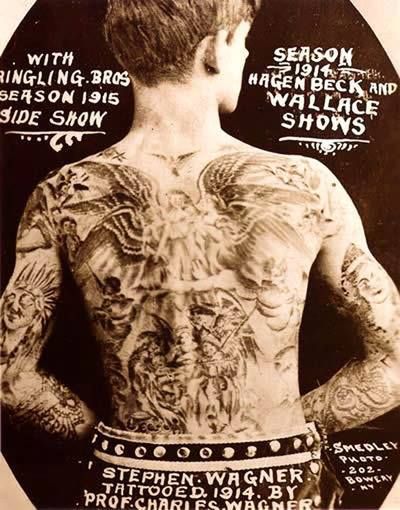
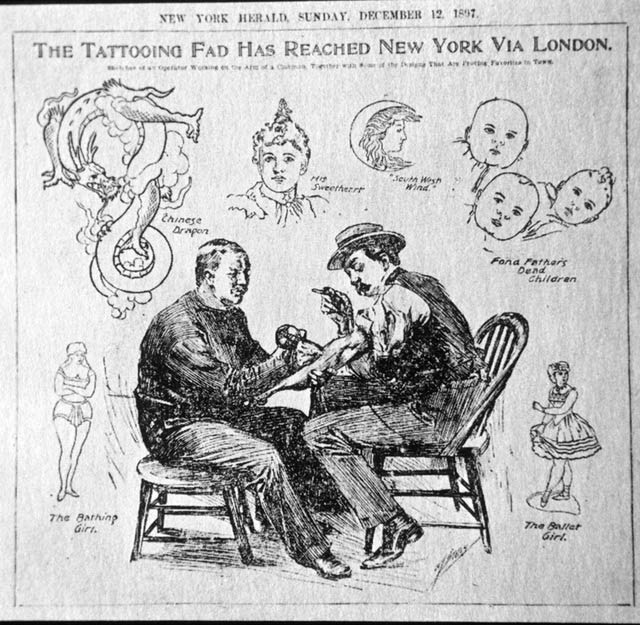
Tattoo innovations from O’Reilly to Wagner
Besides the pioneers Hildebrandt, Thomas and Lee, Samuel O’Reilly is probably one of the most important figures in New York’s tattoo history. He patented the first electric tattoo machine in 1891 and is therefore also called the father of electric tattooing.
After his death, his pupil Charlie Wagner took over the shop at N°11 Chatham Square. 1904 Wagner received the patent for the first electric coil tattoo machine. This is still the most used machine in the tattoo world.
Wagner helped to make the clear and strong tattoos from the Bowery better known. He created classic designs such as eagles, crosses and ships and is considered the most important influence of the classic American tattoo style – the traditional old school tattoo. In any case, Wagner is an icon in New York’s tattoo history. Until his death in 1953 he had a decisive influence on it.
Bowery Boys
In 1940 Willi Moskowitz became Wagner´s pupil and took over his shop after his death. Moskowitz turned his tattoo studio into a family business and his two sons, Walter and Stanley, into tattoo artists. Walter and Stanley Moskowitz later made a name for themselves in New York’s tattoo scene as “The Bowery Boys”. More and more often long lines formed in front of their tattoo studio. The traditional old school tattoo became more and more popular and accepted.
The “Bowery Boys” were just a few of the many icons from the Bowery area and New York tattoo history. In later years, other NYC pioneers such as Huck Spaulding, Brooklyn Blackie, Coney Island Freddie and Bill Jones influenced the tattoo scene in New York – and this despite a legal ban on practice in the USA, which had existed in New York for over 30 years from 1961 onwards.

The Bowery at Good Old Times Tattoo
We own here at Good Old Times Tattoos Berlin a particularly beautiful book with Tattoos from the Bowery. We look forward to snack & coffee with you. Our books might inspire you for your next tattoo 😉
Your Good Old Times Tattoo Team

